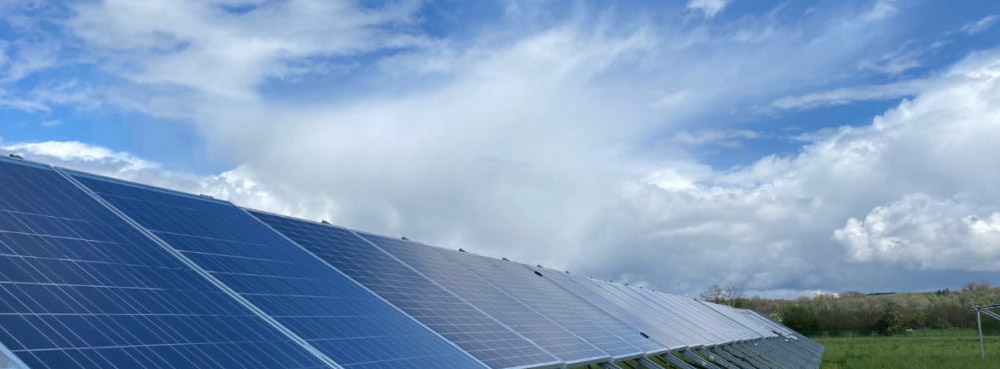
Search...
In 2021, the Indonesian government announced the goal of achieving net-zero emissions by 2060 at the latest. The key role solar will play has been confirmed by the country's Ministry of Energy and Mineral Resources (MEMR), IESR, the International Energy Agency (IEA) and the International Renewable Energy Agency (IRENA). As reported by IESR in its "Indonesia Solar Outlook 2023" report, PV deployment is far from decarbonizing.

The world's fourth most populous country - with a population of 275 million - has the largest economy in Southeast Asia and is expected to be the world's seventh largest by 2030. The world's 15th largest country by land area has the potential for technical solar power generation capacity ranging from 3 terawatt-peak (TWp) to 20 TWp-peak, depending on land use. According to the IESR study titled "Deep Decarbonization of Indonesia's Energy System", the potential of around 1.5 TWp could support a zero-emission energy system by 2050, covering 2.5% of Indonesia's land.
Cost competitiveness, modularity and availability ensure that solar will be the main source of electricity in most Indonesian net-zero economic models. Solar and wind power will supply 55% of Indonesia's electricity by mid-century, consistent with limiting global temperature rise to 1.5C this century, according to IEA models. IRENA estimates that 800 GW to 840 GW of solar could supply between 54% and 62% of Indonesia's electricity by 2050. Both scenarios require greater power system flexibility, expanded transmission infrastructure, inter-island interconnections and energy storage.
However, only 270 MWp of solar had been deployed in Indonesia by the end of December, around 0.01% of the lowest estimated technological potential, Energy Ministry data showed. Policy and regulatory uncertainty combine with a lack of planning and implementation of the electricity market, which is dominated by the national utility Perusahaan Listrik Negara (PLN), which generates, transmits and distributes electricity.
PLN also tendered for the first phase of a plan announced last year to replace a 500 MW small diesel power plant in remote areas, but an unfavorable result meant the procurement round would be held again, delaying the project. The utility has been criticized for its lack of transparent auction arrangements, leading to market uncertainty.
However, success has been achieved. Solar purchase agreement (PPA) prices fell 76% from 2015 to 2020, from $0.25/kWh to $0.058/kWh. Total generation was 110 MW, down 84% (to below $0.04/kWh). PLN this year issued an invitation to bid for a 100 MW floating solar project at the Karangkates Dam, as well as a second phase of equity partner selection for the utility-scale solar and wind facility.
Rooftop solar has seen modest growth since the introduction of net metering regulations in 2018, but restrictions imposed by the PLN have slowed installations. Energy Minister Arifin Tasrif drafted a regulation in 2021 that would provide owners of net-metered solar with a full kWh credit for every kWh they export to the grid, above the 65% discount paid by PLN.
Indonesia can strengthen the role of solar energy in regional energy security through cooperation in the power system and beyond, including the promotion of photovoltaic supply chains in the region. While the road is winding, the path to clean, affordable and equitable energy — with solar as its backbone — is clear.